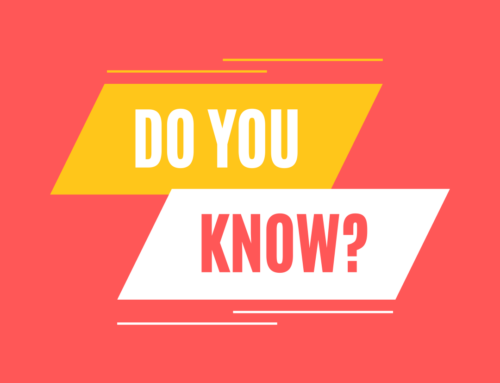
The four-part story that is practiced in Bridges Out of Poverty looks at (1) What was it like before Bridges? (2) What were the first few insights or aha! moments once implemented? (3) What did you do? and (4) What is it like now?
As an occupational therapist, I have worked with people from diverse economic backgrounds, including people with disabilities, for all of my 40-year career, so I was familiar with many of the concepts and challenges prior to receiving training in the Bridges lens. When I moved from clinical practice to becoming an academician and teaching occupational therapy students, it was eye-opening to realize that students often didn’t have a clue about the whole story many of their clients were facing.
When I first began teaching and was assigned courses that covered community-based practice, I realized the need to bring the concepts of Bridges to my students. Many came from non-diverse, rural areas and did not have an appreciation for the challenges many of their potential clients would be facing that could hinder the rehabilitation process. I did some research, discovered the Bridges community, and pushed for its inclusion in our curriculum. We have now received a grant to continue to do this for students.
I began contacting guest speakers and researching other resources to bring the Bridges concepts to my students in the classroom. I shared this information with other health profession colleagues, and after a few years there was enough momentum to facilitate our dean’s search for a funder to help us get faculty training. We have now trained a half dozen faculty members who do three-hour workshops for health profession students. We have also begun to offer the workshops to community groups.
Our college has been able to reach hundreds of students at this point and plans to continue to require all health profession students to have this training as part of their respective curricula. I have also been able to be involved in three training sessions for various community groups. My occupational therapy program is currently gathering data from students who have graduated about how the Bridges training has affected their healthcare practice.








